Are modern framesets killing mechanical groupsets?
The latest crop of carbon race bikes pay little heed to mechanical shifting - but does that matter?
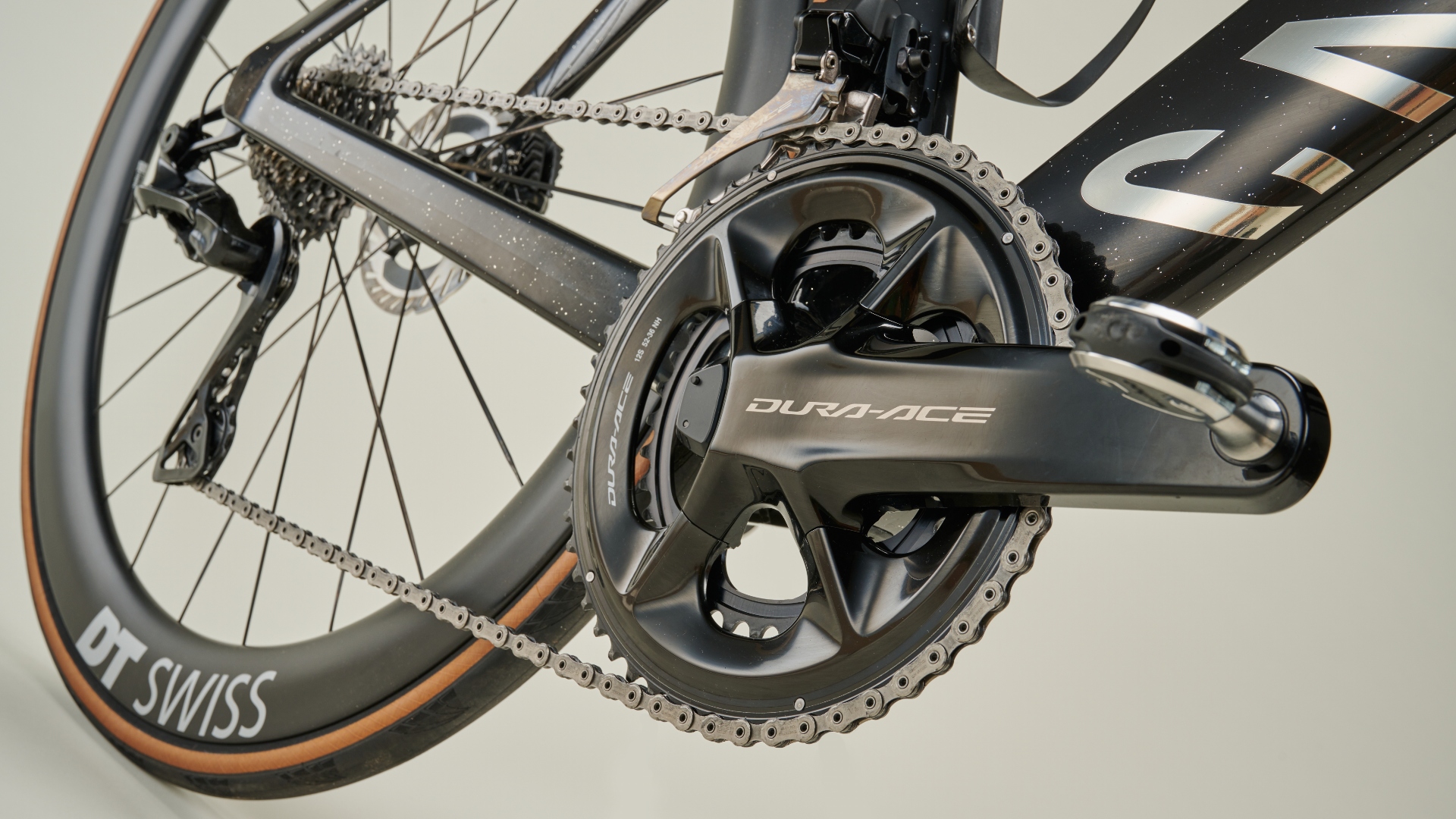
Modern road and gravel bikes are highly engineered objects. It’s commonplace for their release to be accompanied by a white paper, detailing Computational Fluid Dynamics modelling, wind tunnel testing - and data - lots of data. As a result the bikes we ride today are, largely, faster and more comfortable than their predecessors.
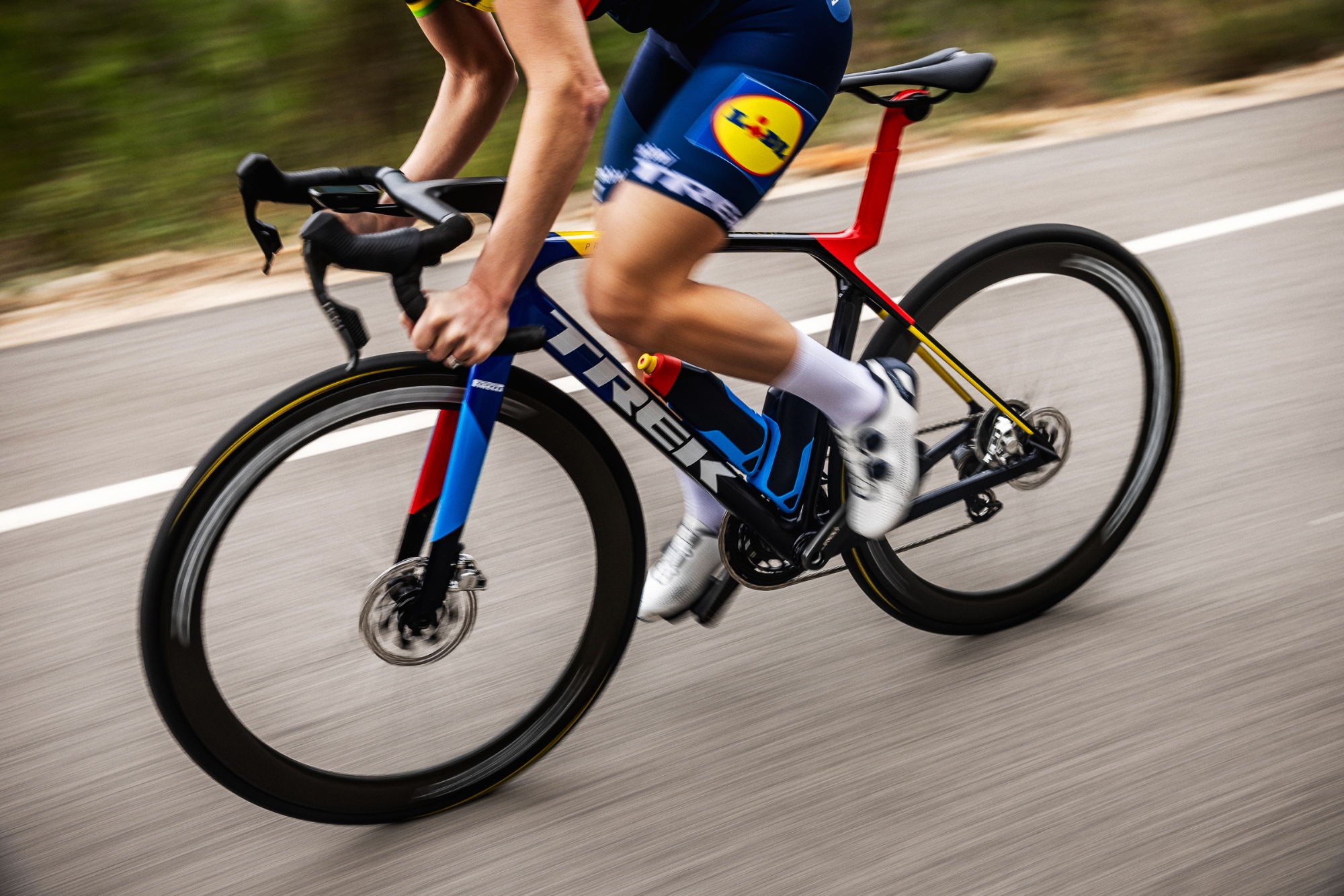
Many high-end race bikes like the latest Trek Madone SLR are now compatible with electronic groupsets only
We’ve grown accustomed to the aesthetic of the modern bike too, to the point where a bicycle with external cables and a traditional two-piece bar and stem might be deemed old-fashioned, and is often met with criticism from consumers.
However, internal cables can be a cause of great frustration when it comes time to replace them. A routing system that doesn't bypass the headset adds faff and creates confusion for the inexperienced mechanic. It also makes the once straightforward job of swapping out a stem or altering the number of headset spacers, far more involved. Unless, however, the bike is designed with an electronic groupset only in mind; an electronic-only frameset with limited to no wiring - SRAM and Campagnolo options have none whilst Shimano Di2 has just one cable - is a much easier beast to deal with.
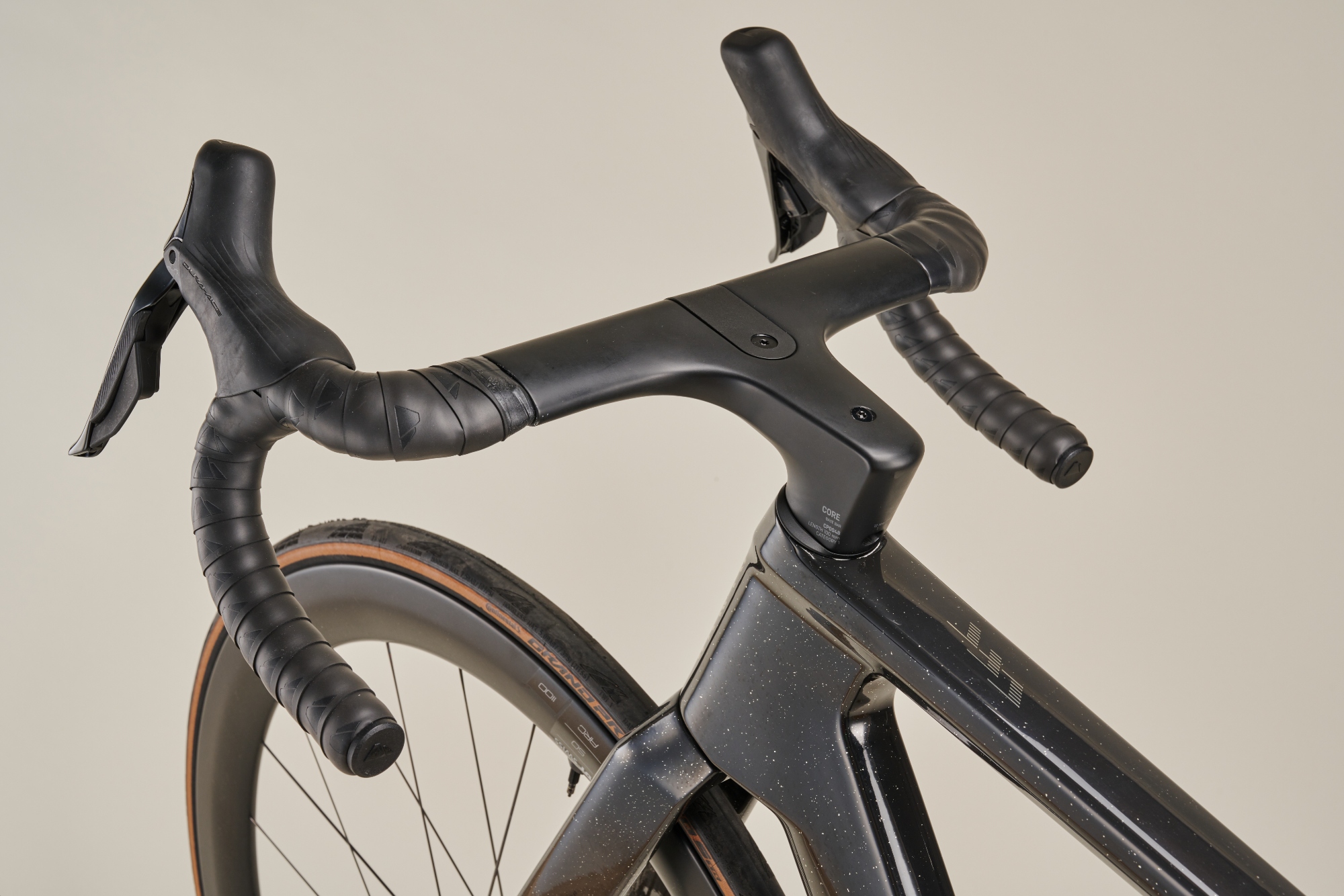
Internal cabling makes swapping out a stem, or altering the number of headset spacers, far more involved
Some of the most progressive road - and even gravel - framesets aren’t designed with mechanical shifting in mind, with brands telling us that this is dictated by consumer behaviour. The trend does, however, arguably render mechanical groupsets as being en route to obsolescence.
In the last couple of years, we’ve seen the release of the Specialized Tarmac SL8, the Gen 8 Trek Madone SLR, Pinarello Dogma F, the Factor O2 and Ostro VAM and the Canyon Aeroad CFR, all high-profile bikes created without a second thought for a mechanical groupset; the lack of any exit ports on the frame for mechanical housing means these iconic models are now ‘electronic-only’ options. Similarly, the Roval Rapide cockpit designed in conjunction with the SL8 is only compatible with electronic shifting.
“Consumer demand does influence our decision to include electronic groupsets,” says Pierre-Henri Medas, Product Marketing Manager at BMC. “It also motivates us to design our frames specifically to accommodate these technologies.”
I ask whether designing a frame that can accommodate both external and internal cables is more labour-intensive?
Get The Leadout Newsletter
The latest race content, interviews, features, reviews and expert buying guides, direct to your inbox!
“Yes, designing frames compatible with multiple drivetrain types requires significant engineering effort. We consider mechanical drivetrains alongside electronic systems like Shimano Di2, SRAM AXS and Campagnolo Wireless. It’s not straightforward to determine optimal cable exit locations, sizes, and routing, whether internal or external.”
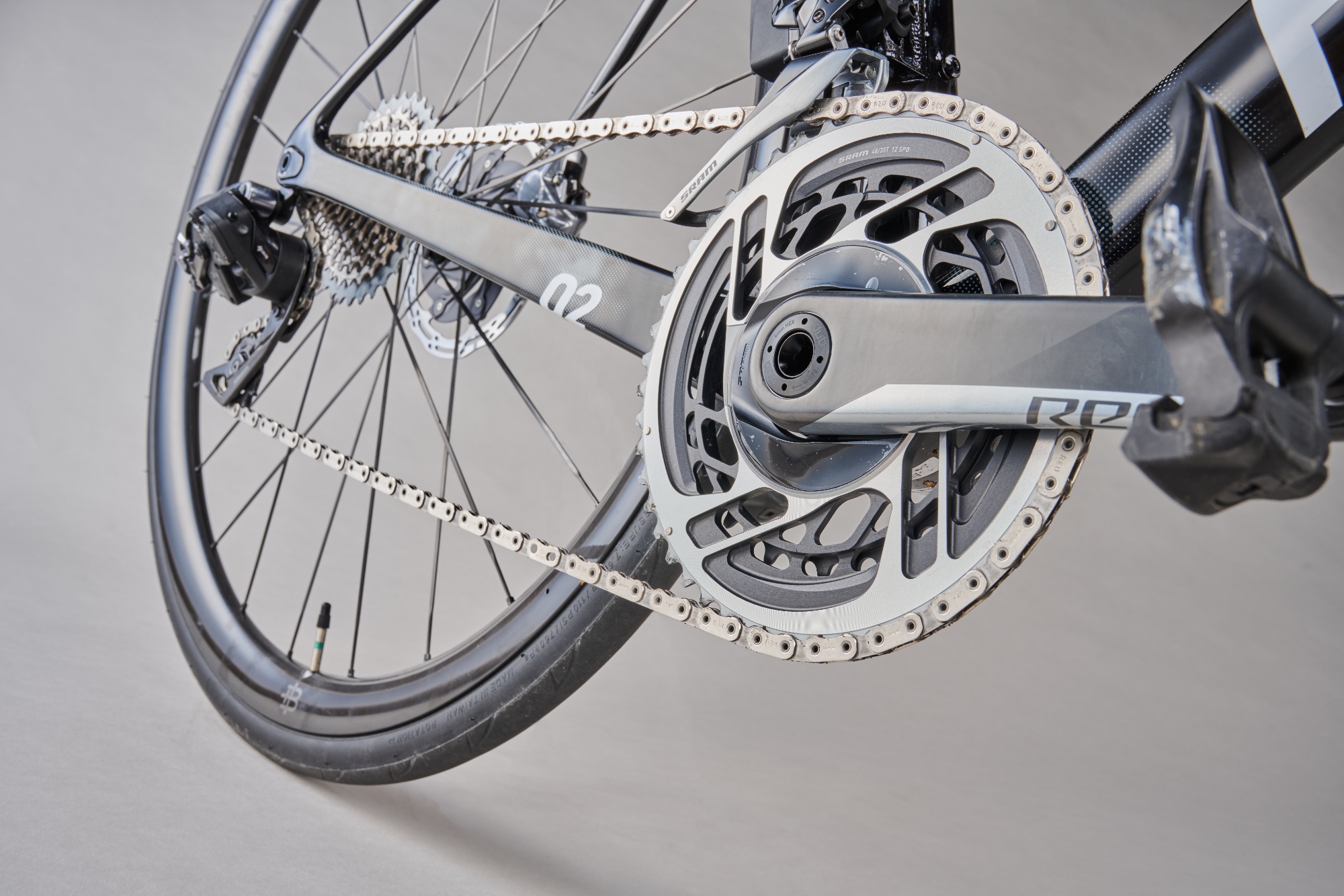
SRAM's electronic Red AXS groupset is wireless, which means a frameset doesn't require any access ports for cables or wires
BMC chooses to match the frame material to the intended groupset, which still includes mechanical options.
“We optimize our [higher end] MPC and 01 composite carbon levels specifically to meet the requirements of electronic groupsets. Since the likelihood of mechanical groupsets being assembled on these two levels is minimal, we focus exclusively on optimizing for electronic systems,” says Medas.
“For standard-grade carbon frames used with mechanical setups, we account for all drivetrain systems. BMC remains committed to supporting mechanical shifting options and ensures they are integrated seamlessly into our frame designs.”
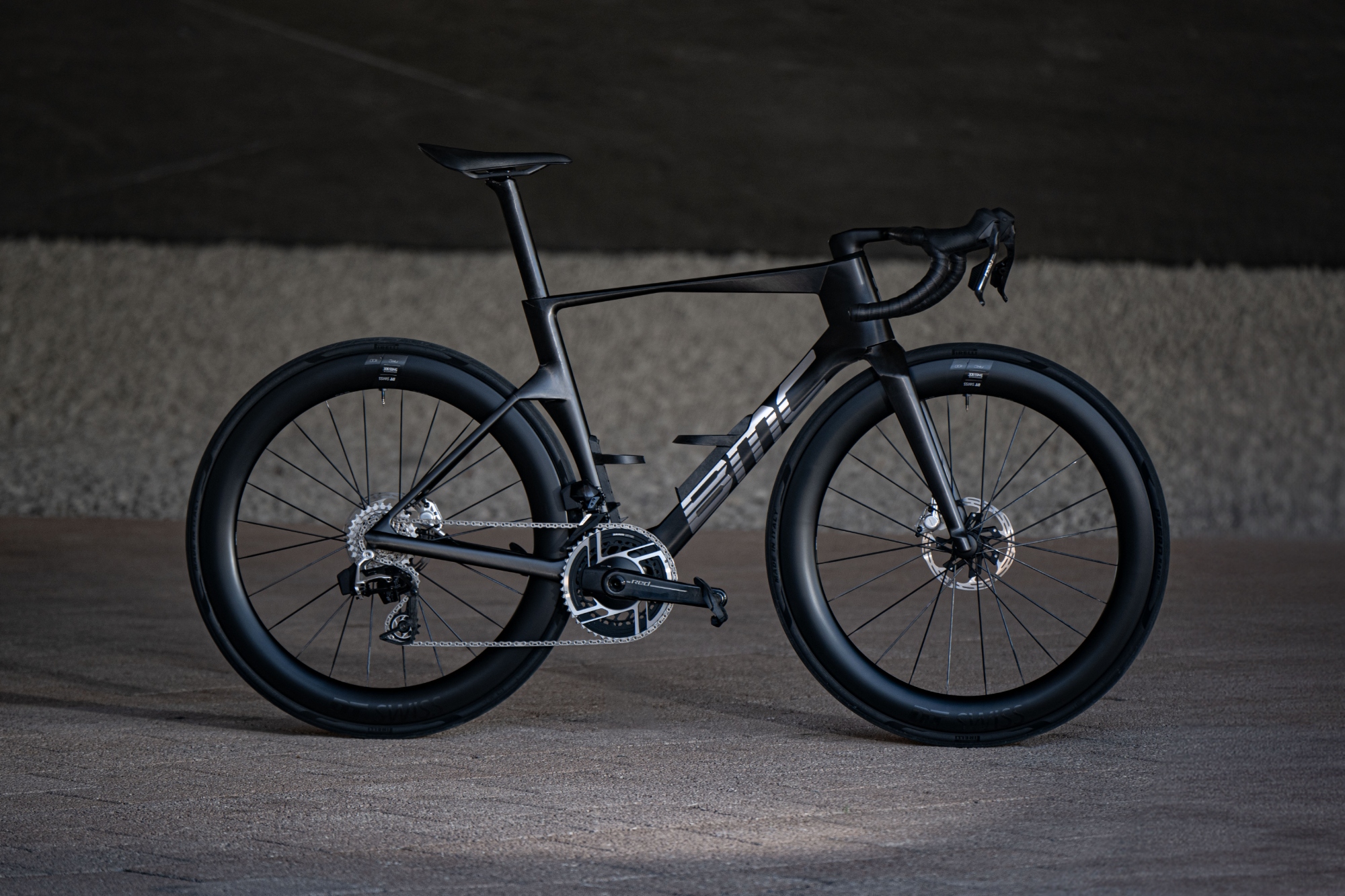
An expensive frameset like BMC's Teammachine R MPC is designed around similarly top-tier components
So is it simply down to making a choice between ease of maintenance and having the very latest in peloton-led design? Glen Whittington, of AEIGHT, thinks so.
“I think customers have to accept that if you want cutting-edge design, your maintenance fees will go up too,” he says, referencing both the cost of labour but also the cost of replacement parts; a mechanical Shimano 105 derailleur will set you back around £50/$65 vs a Di2 version at £275/$280. “Just in the same way that you probably wouldn't service your own expensive car or motorbike, unless you know what you're doing.”
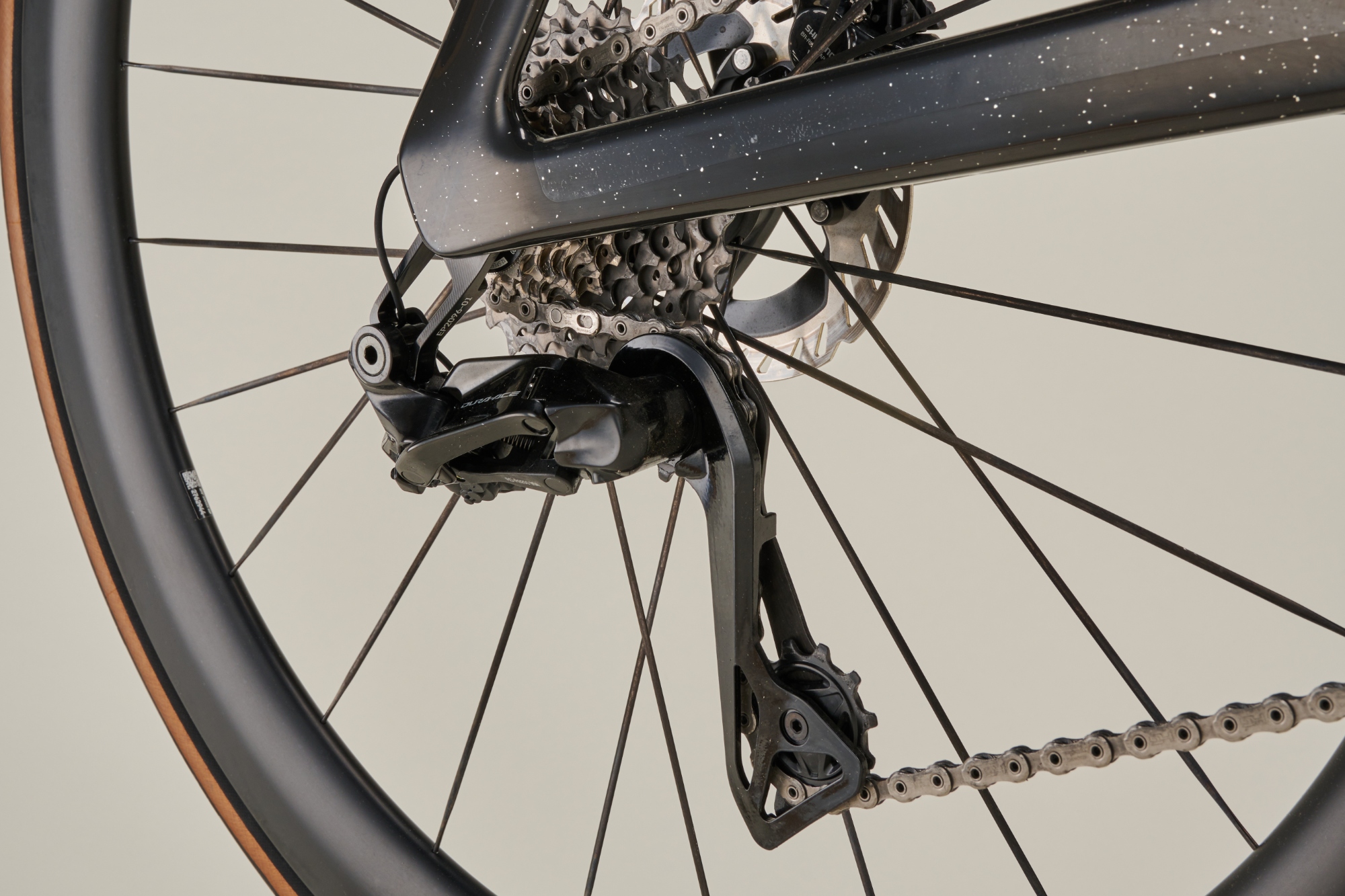
Electronic mechs are far more expensive to replace than their mechanical counterparts
He also makes the point that modern bikes with fully internal cabling require their owners to care for them well. Or risk the consequences.
“Muddy or wet bikes, which aren't properly stored, can lead to some big repair bills,” he says. “A simple headset bearing swap can easily turn into a full strip and rebuild plus parts, depending on the brand and the design.”
That said he extols the benefits of both internal routed framesets and electronic gearing. With one caveat.
“In many cases I don't see the point in mechanical groupsets. The exception to this would be expedition/touring/bikepacking bikes,” he says. “I wouldn't personally design a mechanical frame now, unless the rider was going touring or bikepacking somewhere really off grid. If that was the case I'd use mostly external cables for ease of repairs in the field.”
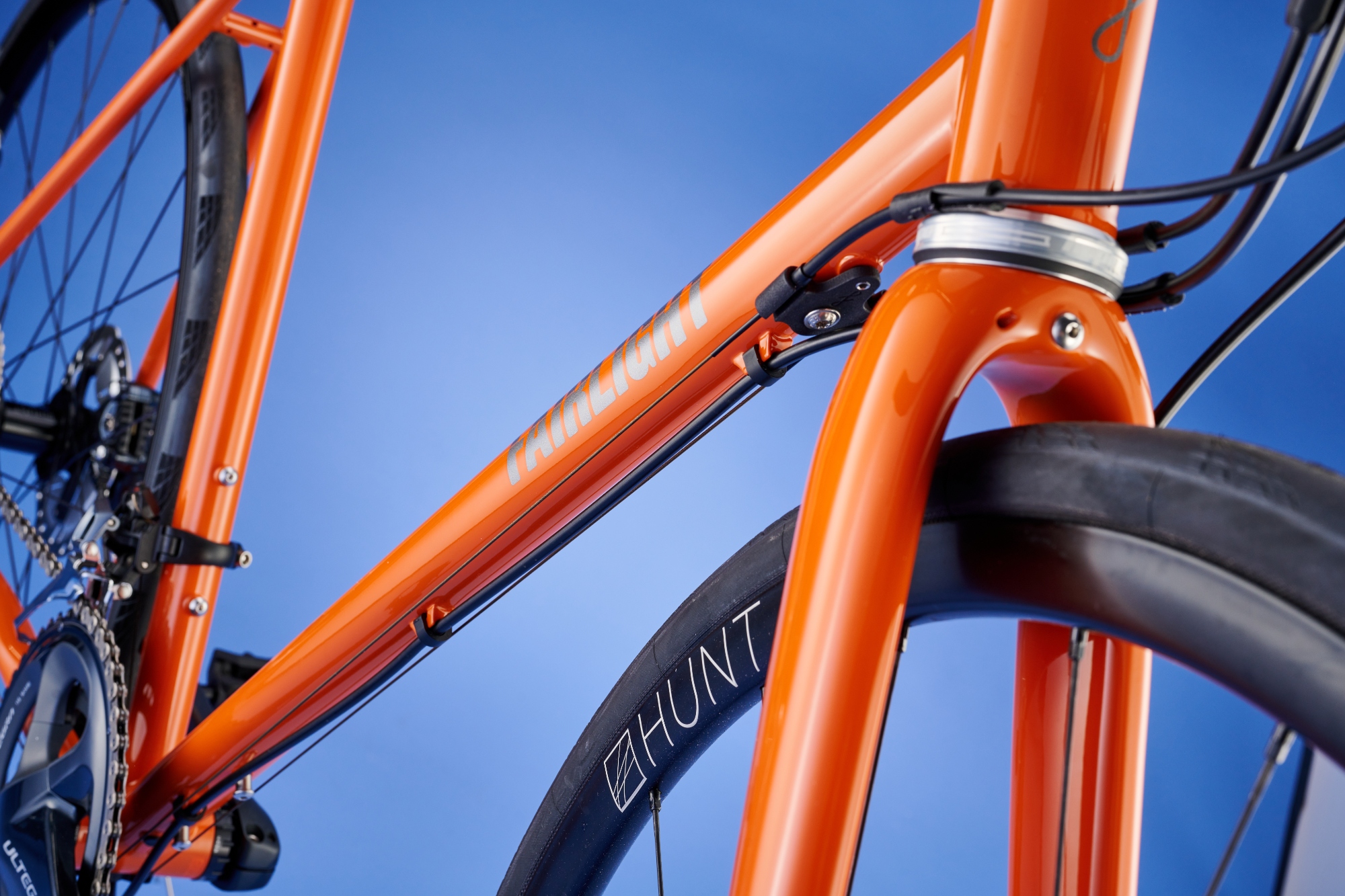
There are some contemporary frames, like the Fairlight Strael, that not only accommodate mechanical groupsets but route the cables externally
There is of course still the option to buy a modern road or gravel bike with externally routed cables, and mechanical compatibility built in.
Brands such as Ritchey in the US and Fairlight in the UK only sell bikes with external routed cables, and all of them are compatible with mechanical and electronic groupsets. The design choices are part of an ethos that places a premium on functionality, ease and cost of repair. And, depending on your interpretation, these bikes are no less modern when it comes to ride quality, as they too benefit from contemporary materials, geometry and tyre clearances. What they lack is the same level of system integration. If being able to repair and maintain your own bike with a minimum of fuss trumps all other requirements, and running a mechanical groupset is high on your agenda, then a bike such as this makes the most amount of sense.

The Roval Rapide cockpit, designed alongside the Tarmac SL8, only works with electronic groupsets
To an extent, many consumers could argue that the ease of maintenance and availability of parts for top-end bikes is irrelevant to them - after all, we’re talking about bikes that in some cases are retailing for five figures, whether you’re buying in dollars or pounds. This is true, until the march of trickle-down technology is considered.
Technology made available to the most professional of bikes will, eventually, find its way onto machines purchased by those who are more frugally minded. And at that point, what we’ll need from bike manufacturers is an approach that takes into account backwards compatibility, the cost of maintenance and replacement parts, as well as a forward-facing lens on progression.

Thank you for reading 20 articles this month* Join now for unlimited access
Enjoy your first month for just £1 / $1 / €1
*Read 5 free articles per month without a subscription

Join now for unlimited access
Try first month for just £1 / $1 / €1
Luke Friend has worked as a writer, editor and copywriter for twenty five years. Across books, magazines and websites, he's covered a broad range of topics for a range of clients including Major League Baseball, the National Trust and the NHS. He has an MA in Professional Writing from Falmouth University and is a qualified bicycle mechanic. He has been a cycling enthusiast from an early age, partly due to watching the Tour de France on TV. He's a keen follower of bike racing to this day as well as a regular road and gravel rider.
You must confirm your public display name before commenting
Please logout and then login again, you will then be prompted to enter your display name.
-
 Gear up for your best summer of riding – Balfe's Bikes has up to 54% off Bontrager shoes, helmets, lights and much more
Gear up for your best summer of riding – Balfe's Bikes has up to 54% off Bontrager shoes, helmets, lights and much moreSupported It's not just Bontrager, Balfe's has a huge selection of discounted kit from the best cycling brands including Trek, Specialized, Giant and Castelli all with big reductions
By Paul Brett
-
 7-Eleven returns to the peloton for one day only at Liège-Bastogne-Liège
7-Eleven returns to the peloton for one day only at Liège-Bastogne-LiègeUno-X Mobility to rebrand as 7-Eleven for Sunday's Monument to pay tribute to iconic American team from the 1980s
By Tom Thewlis